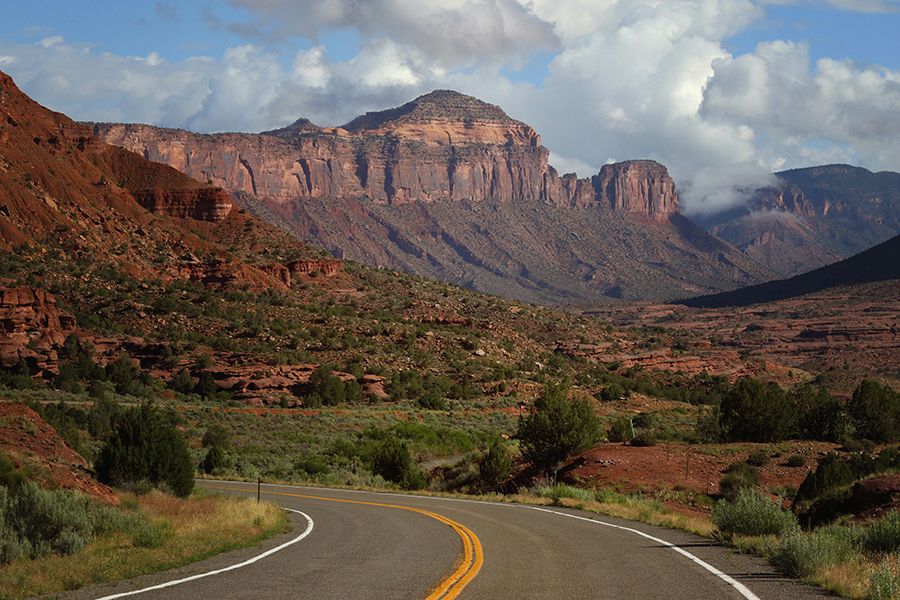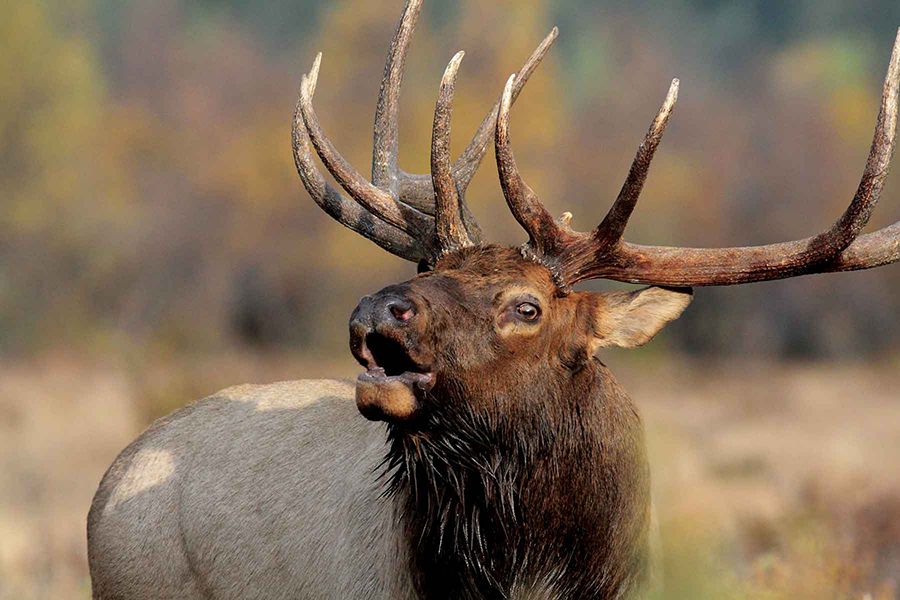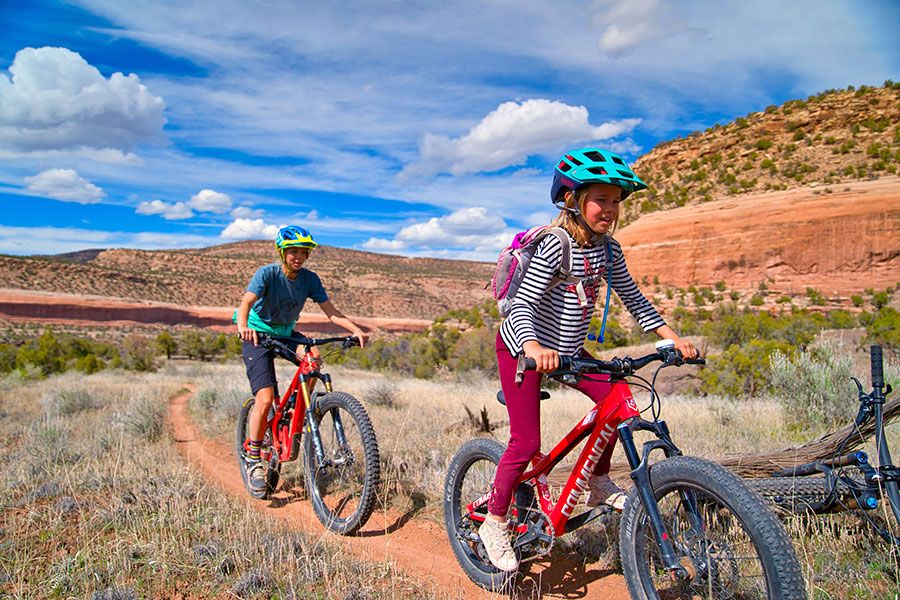Heritage & Culture
The Uniweep-Tabequache Scenic & Historic Byway is rich in historical and cultural significance

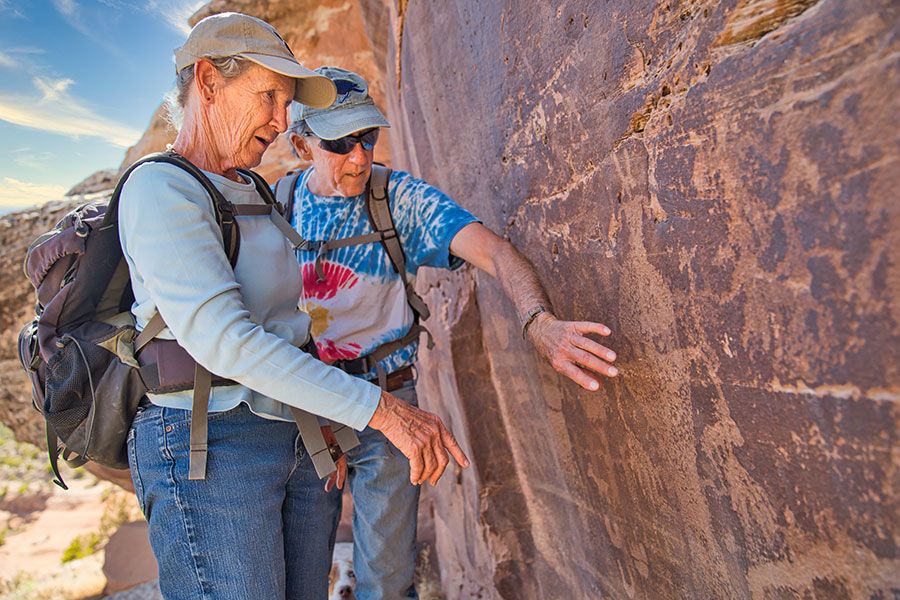
NATIVE AMERICAN CULTURE
The Fremont and Anasazi Indians, which lived throughout all of Colorado, inhabited these canyons between 750 A.D. and 1200 A.D. They cultivated crops, built masonry structures and hunted the indigenous wildlife until the 13th century when they disappeared from the area. Most of the artifacts from these ancient civilizations are gone due to natural forces, but some artifacts and petroglyphs are still visible today scattered along the Byway. Later, the Ute Indians came to inhabit this area and are considered the oldest living inhabitants of Western Colorado.
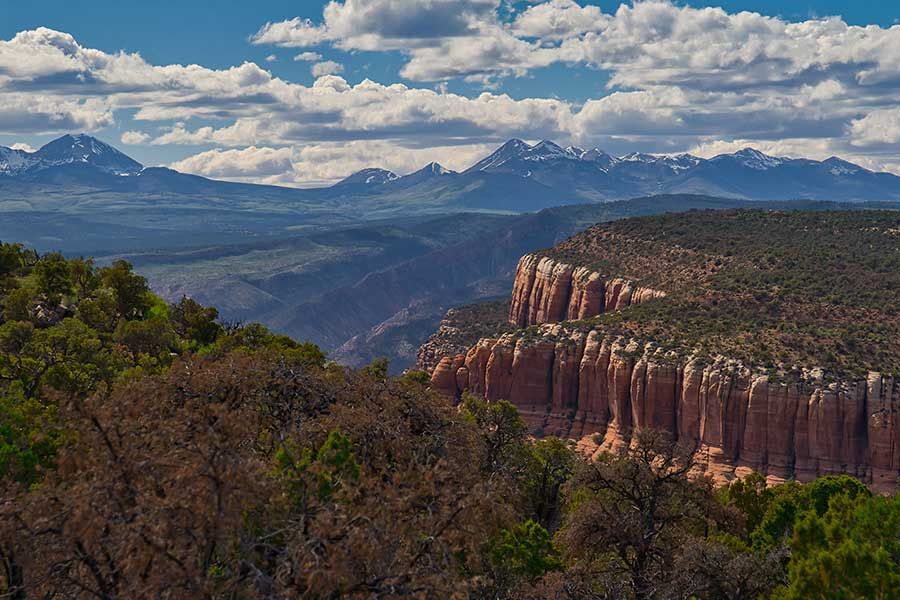
EARLY EXPLORERS
Two early explorers representing Spain traveled through parts of the Scenic Byway. The first was Juan Antonio Maria de Rivera, who made two trips into what is now western Colorado. In 1765, his expedition was to investigate the possibility of silver mines. The second expedition in 1776 was led by Fray Francisco Atanasio Dominguez and Fray Silvestre Velez de Escalante who kept a journal that recorded their route and adventures. The expedition’s purpose was to find a safe supply route from Santa Fe, New Mexico to the missions in California.
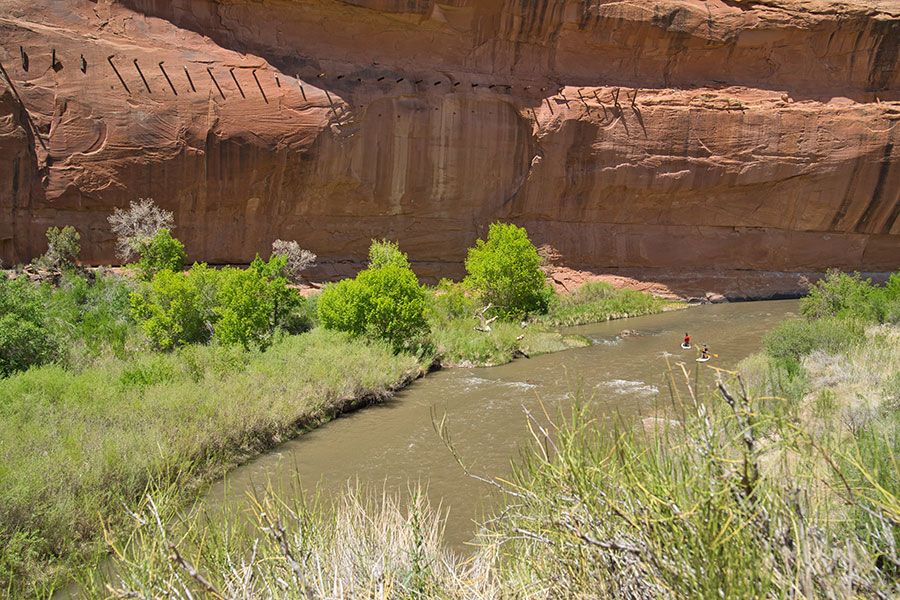
EUROPEAN SETTLEMENT & MINING
Beginning in the 1870’s and through the 1920’s, various metals and elements were discovered in the canyon walls. Mining for gold, copper and carnonite (used to produce radium, uranium, and vanadium) spurred European settlers to move to the area. By 1922, most of the mining operations were closed until, as a part of the Manhattan Project, the U.S. Army reprocessed the mill tailings to produce uranium used in the first atomic bombs. From the 1940’s to the 1980’s, uranium mining fluctuated. All mining had ceased until recently. Now mining along the UTB is increasing demand due to oil and gas, as well as uranium.
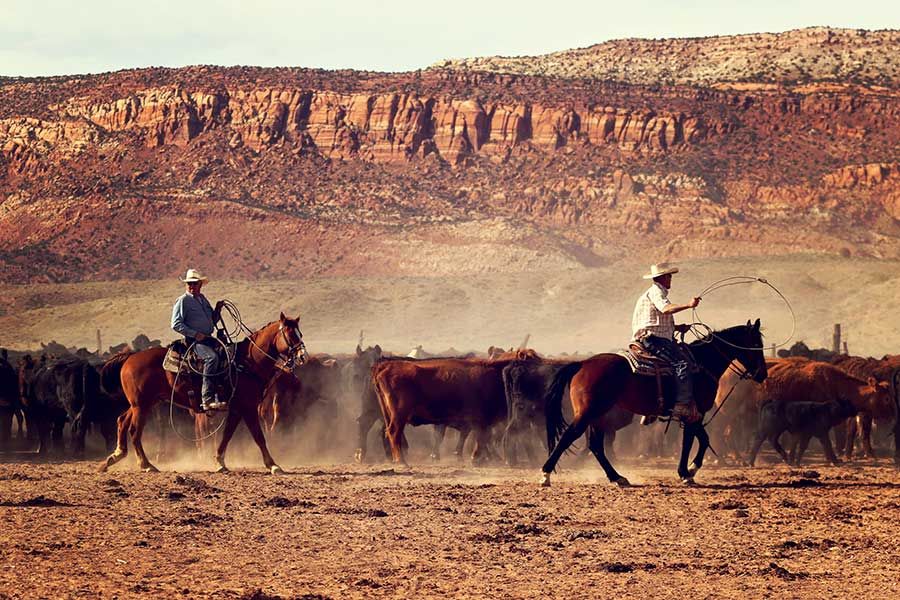
RANCHING & AGRICULTURE
The Ute Treaty of 1880 signed by Chief Ouray removed the Ute Indians from the area. There was a massive land rush where ranchers settled throughout the Byway. Many original homesteads are still standing today.
Along with the honest cattle ranchers came horse thieves and outlaws who used the maze of canyons as an easy hideout. Some famous outlaws such as the McCarthy brothers were among the thieves. The McCarty brothers were a group of outlaws run by Tom McCarty, a Mormon bandit who was one of the first to introduce Butch Cassidy to the life of banditry. Tom McCarty and younger brother Bill began to rustle cattle in the 1870s, but by the 1890s, they formed the McCarty Gang and stepped up to robbing banks.
Cattle ranching and farming are a major part of the UTB communities’ culture today. During the spring and fall, lucky Byway tourists may encounter a cattle drive.
